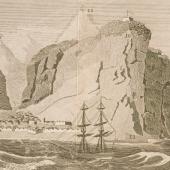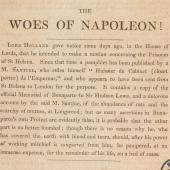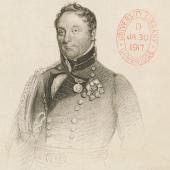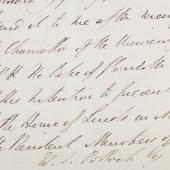-

Marshal Ney
-

Attractions and advantages
-

Napoleon on St Helena
-

An unwanted gift
-

Napoleon’s Montaigne (1)
-

Napoleon’s Montaigne (2)
-

The woes of Napoleon!
-

The tomb of Napoleon
-

Lord Hill’s column (1)
-

Lord Hill’s column (2)
-

Lord Hill’s column (3)
-

A letter from Wellington
-

Wellington in old age
-

Wellington’s funeral
The commanders in history
A damned serious business
Blücher was 72 at the time of Waterloo: having been raised to the rank of Prince after the Peace of 1814, he returned to his estate in Silesia and died there in 1819. Wellington, after serving as Commander-in-Chief of the Allied occupation force in France, went into politics and was briefly Prime Minister from 1828 to 1830. He died in 1852, the quintessential British hero to many, although a symbol of political regression to others.
It is Napoleon’s reputation around which most controversy still clings. Exiled to St Helena, he died and was buried there in 1821, but his remains were repatriated to France in 1840 and entombed in splendour at Les Invalides in Paris. Yet appreciation of his qualities as a military commander cannot erase his despotism and warmongering as a statesman: ‘the enemy and disturber of the world’, as his adversaries styled him. Lord Acton’s famous judgement on power and corruption may be applied to Napoleon Bonaparte with particular force: ‘Great men are almost always bad men’.